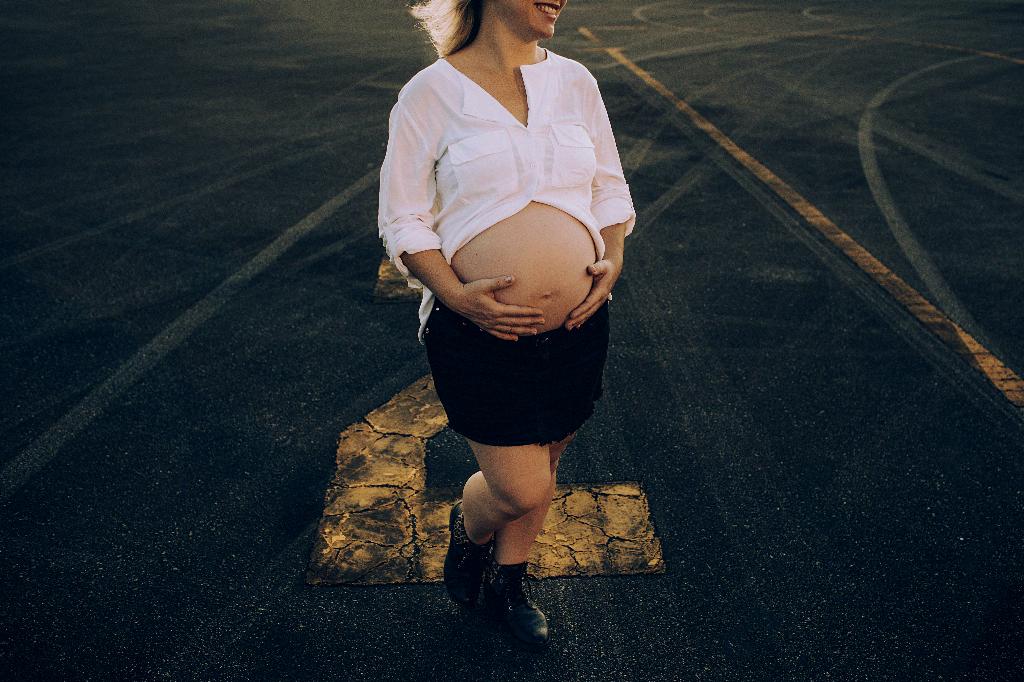When it comes to the amount of amniotic fluid in the womb at 32 weeks of pregnancy, there are specific guidelines that can shed light on what is considered normal. It’s crucial to understand how amniotic fluid levels fluctuate throughout the later stages of pregnancy to ensure the well-being of both the mother and the baby.
Amniotic Fluid Volume during Weeks 32-34
Between weeks 32 and 34 of pregnancy, the volume of amniotic fluid tends to increase to around 800 milliliters (ml) or even more. This surge in amniotic fluid is a natural part of the developmental process and plays a vital role in supporting the baby’s growth and providing cushioning.
Decrease in Amniotic Fluid Volume Post 34 Weeks
As the pregnancy progresses beyond the 34-week mark and approaches labor, the amount of amniotic fluid typically decreases to approximately 400 ml. This reduction in fluid level is a normal physiological change that occurs as the baby continues to develop and prepares for birth.
Monitoring Amniotic Fluid Levels Using AFI
Healthcare professionals use a measurement tool known as the amniotic fluid index (AFI) to assess the quantity of amniotic fluid present in the womb. AFI measurements are usually conducted in centimeters (cm) and serve as a crucial indicator of the baby’s well-being and the overall progress of the pregnancy.
Significance of Healthy Amniotic Fluid Levels
Maintaining optimal levels of amniotic fluid is essential for various reasons. Adequate amniotic fluid volume helps in protecting the fetus from external impacts, aids in the regulation of temperature within the womb, facilitates fetal movement, and promotes lung development as the baby prepares for life outside the uterus.
Factors Influencing Amniotic Fluid Levels
Several factors can impact the levels of amniotic fluid in the womb. These include the functioning of the placenta, fetal urine production, fetal swallowing, and maternal hydration. It is crucial to keep these factors in mind while monitoring amniotic fluid levels throughout the pregnancy.
Importance of Regular Prenatal Check-ups
Regular prenatal check-ups are vital for assessing the health and well-being of both the mother and the baby. Healthcare providers closely monitor amniotic fluid levels along with other parameters to ensure a smooth and healthy pregnancy journey.
Understanding Abnormal Amniotic Fluid Levels
If healthcare providers notice abnormalities in the amniotic fluid levels during routine check-ups, further investigations may be required to determine the underlying cause. These abnormal levels could indicate potential complications that need to be addressed promptly to safeguard the health of the fetus.
Consultation with Healthcare Providers
Any concerns regarding amniotic fluid levels should be discussed with healthcare providers without delay. Open communication and proactive discussions with medical professionals can help in addressing any issues or uncertainties related to amniotic fluid volume and ensure appropriate measures are taken if required.
Ensuring a Healthy Pregnancy
Ultimately, maintaining healthy amniotic fluid levels throughout pregnancy is essential for the well-being of both the mother and the baby. By staying informed, attending regular prenatal visits, and following medical advice, expectant mothers can enhance the chances of a smooth and successful pregnancy journey.
Conclusion
As the pregnancy progresses to 32 weeks and beyond, the fluctuation in amniotic fluid levels is a normal and crucial aspect of fetal development. Monitoring these levels through tools like the amniotic fluid index (AFI) and staying diligent with prenatal care can help ensure that the pregnancy progresses smoothly and the baby continues to thrive within the womb.

